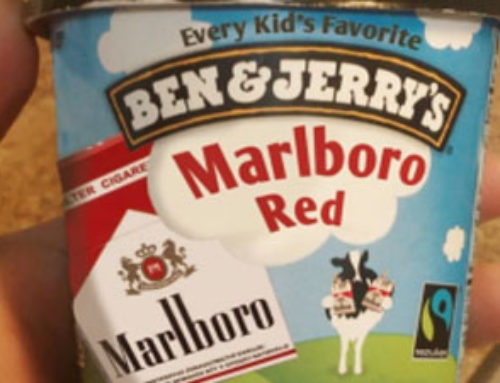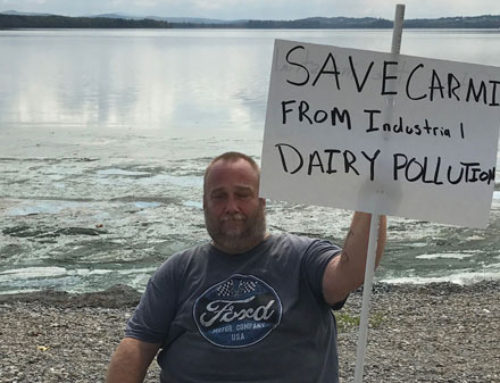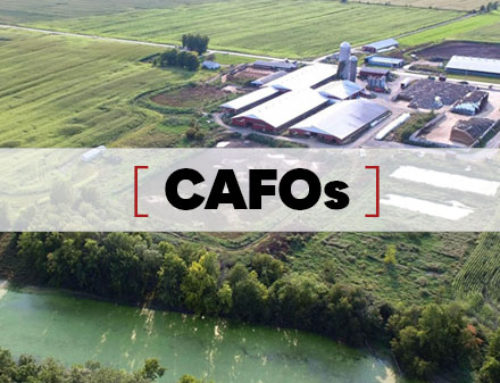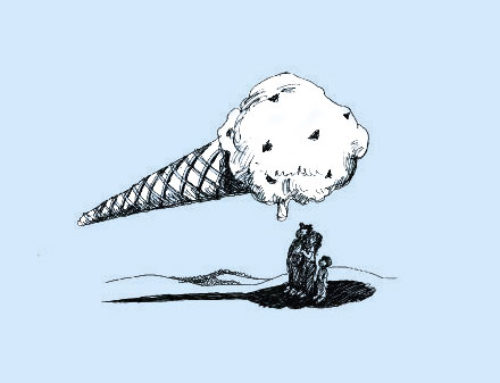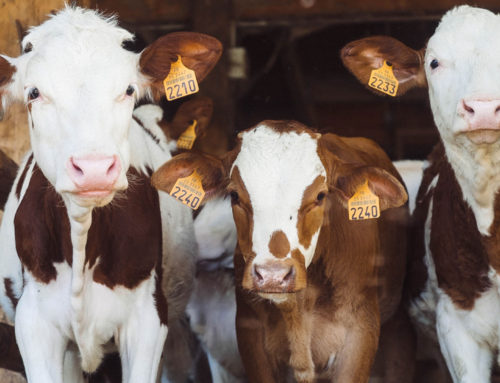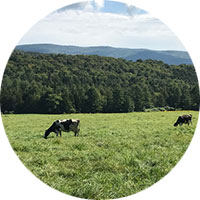
Vermont’s agricultural economy has been wrecked by its over reliance on a failed and destructive factory-farm dairy model, where an overproduction of cheap milk is enriching milk buyers like Ben & Jerry’s and Cabot Cheese but bankrupting our small farm economy. The systematic dismantling of a diversified and de-centralized agriculture has had devastating impacts on our economy, the working landscape, farmers and farm workers, the environment, and our rural communities.
Vermont is long overdue for an agricultural transition and renewal, with the first step being to finally admit we have a problem. The current industrial model, based on cheap, commodity pricing and overproduction, does not work for Vermont. The trend of 2000-plus cow farms, with constant confinement and no grazing – ever – is causing a severe imbalance, the antithesis of our conservation ethic, leading to both economic and ecological plight. It is most unreasonable, abrogating our dignity and wellbeing to an unquenchable corporate thirst – foreign, no less.
It’s nothing new. The history of Vermont agriculture is one of booms and busts, punctuated by dramatic changes to heed the feedback from the economy and/or the environment. And we are past due for a dramatic change, a re-orientation of our goals and values, a good listening to the land and the people, and an end to enabling a conventional, commodity dairy model that has been little more than a wrecking ball to a once-thriving rural culture.
The change won’t be easy, and it will require leadership at all levels – farmers, citizens, consumers, regulators, corporations and politicians — to address what we believe requires a bold, new economic model that will result in a viable dairy sector in Vermont that lives up to our ideals and solves many of our farm-related issues.
Sadly, the economic plight of our dairy farmers is nothing new. It’s been a decades-long downward spiral, fueled by an exploitative commodity pricing system that has pushed thousands of farm families off the land and dictated a “get big or get out” style of farming. Currently, Vermont’s conventional, non-organic dairy producers are getting paid less than it costs them to produce their milk — an economic travesty that is not only forcing farms out of business but is also giving rise to a host of ecological, worker justice, and animal welfare issues.
Worse, the forecast for commodity-priced dairy continues to predict little more than economic devastation for Vermont’s conventional dairy farmers. Farm Credit East, a major lender to dairy farmers in the Northeast, recently made this ominous warning: “Hoping for a three year cycle to lift farm profits is not a viable business strategy today.” Moreover, relying on the federal government to fix this system is neither realistic nor practical based on historical evidence.
The focus on producing cheap, commodity milk isn’t just a failure for Vermont’s farm economy, it’s also directly responsible for the following related issues:
- Nearly half of Vermont’s water quality woes, according to research, are the result of conventional dairy farming over time. This includes the designation of more than one hundred of our waterways as “impaired”, including our beloved Lake Champlain.
- The use of GMO-derived feed, toxic pesticides, and climate-threatening, nitrogen-based fertilizers have dramatically increased over time as well under the current conventional dairying model, giving rise to consumer concerns, ecological damage, and threats to human health.
- Farmers and farm workers, an increasing number of whom are migrant workers, are in some cases being forced to work in difficult, largely unregulated conditions, leading to social and worker justice issues that conflict with Vermont values.
- While per cow milk production on conventional farms has risen by over 300 percent in the last several decades, this is burning the cows out, requiring increased use of pharmaceuticals and sending them to slaughter, on average, before the age of six.
But it doesn’t have to be this way. Change has been a constant in Vermont’s rich agricultural history, and the change has always been driven by economic factors as well as consumer needs. Much like when Vermont’s Merino sheep industry collapsed in the 1840s because of fierce competition from the West, our conventional dairy industry in Vermont is collapsing. And whistling past its graveyard is not a solution — not for the farmers, the farm workers, the consumers, the cows, or the environment.
We have a plan to fix it. And it’s as bold as it’s required to be given the importance of Vermont’s dairy industry to our heritage, our values, our working landscape, jobs, tourism, and our brand identity.
Regeneration Vermont is calling for a statewide transition to regenerative and organic dairy production. It’s a plan that was created and endorsed by more than two-dozen of Vermont’s agricultural, environmental and food economy leaders, including the state’s former secretary of agriculture.
This transition must go hand in hand with market demand, so that farmers can receive a higher – and more stable – price. More than 200 of Vermont’s dairy farms have already made this transition, reaping the economic benefits and putting into place the agricultural practices that protect water quality and the environment, keep cows on pasture, build healthy soils to sequester carbon, reject GMOs and toxic pesticides, and honor Vermont’s values and brand identity.
We can’t make as much cheap milk as they do in the West and Midwest, but we can make better milk. It’s not only what today’s consumers are seeking in the marketplace, it’s how Vermont agriculture has branded itself over time – a farming model that enables farmers to make a living while protecting our valuable natural resources.
We believe there are many tools available, including public and private programs already in place, to assist conventional dairy farmers in the transition to the proven regenerative organic model. It will not occur overnight we understand, but it must be started now.
And the first step must be to convince the large dairy buyers like Ben & Jerry’s and Cabot Creamery that have built their brand upon the backs of the conventional dairy farmers to step up to the plate and stop participating in a model that pays their farmers less than it costs to produce the milk in their highly-profitable products.
We have to change the economic formula. It’s time for Vermont’s farmers to reap the benefits of farm products that are tied to what consumers are seeking today.
Vermont agriculture can and should be seen as a solution to – not a cause of – our economic and environmental problems. Regeneration now.
— Michael Colby
